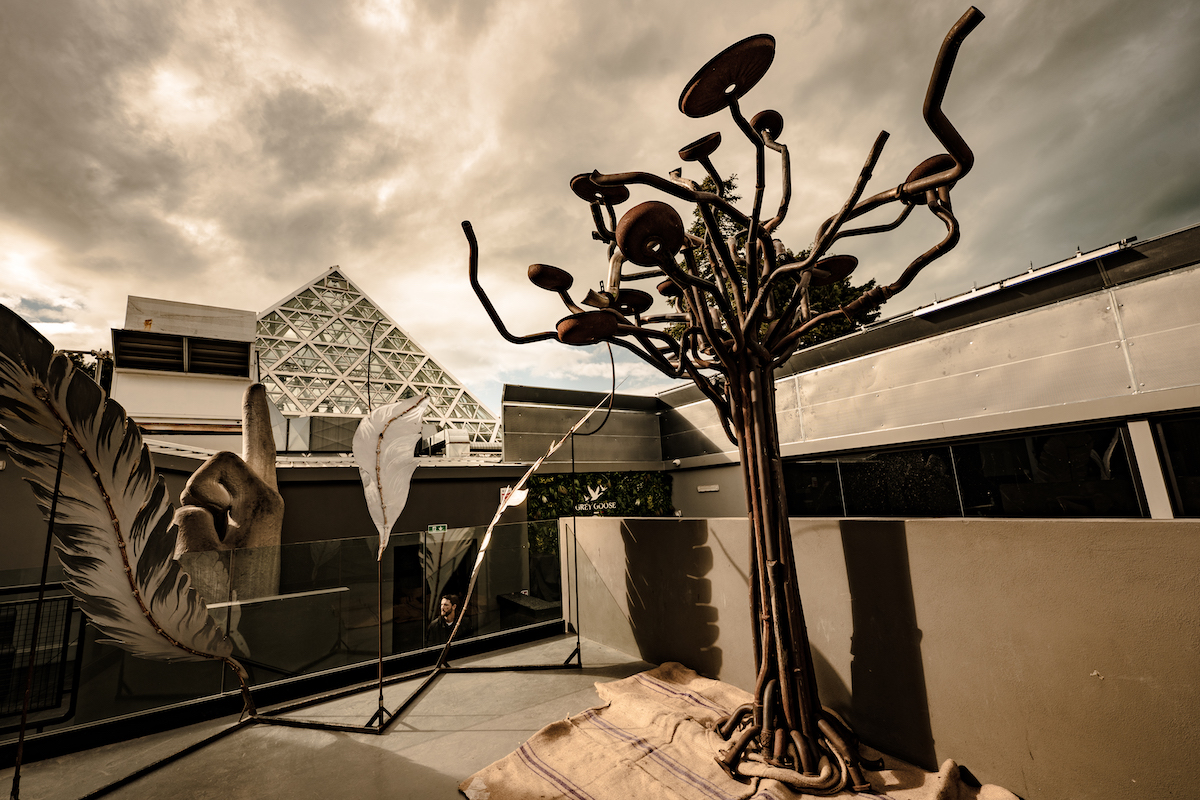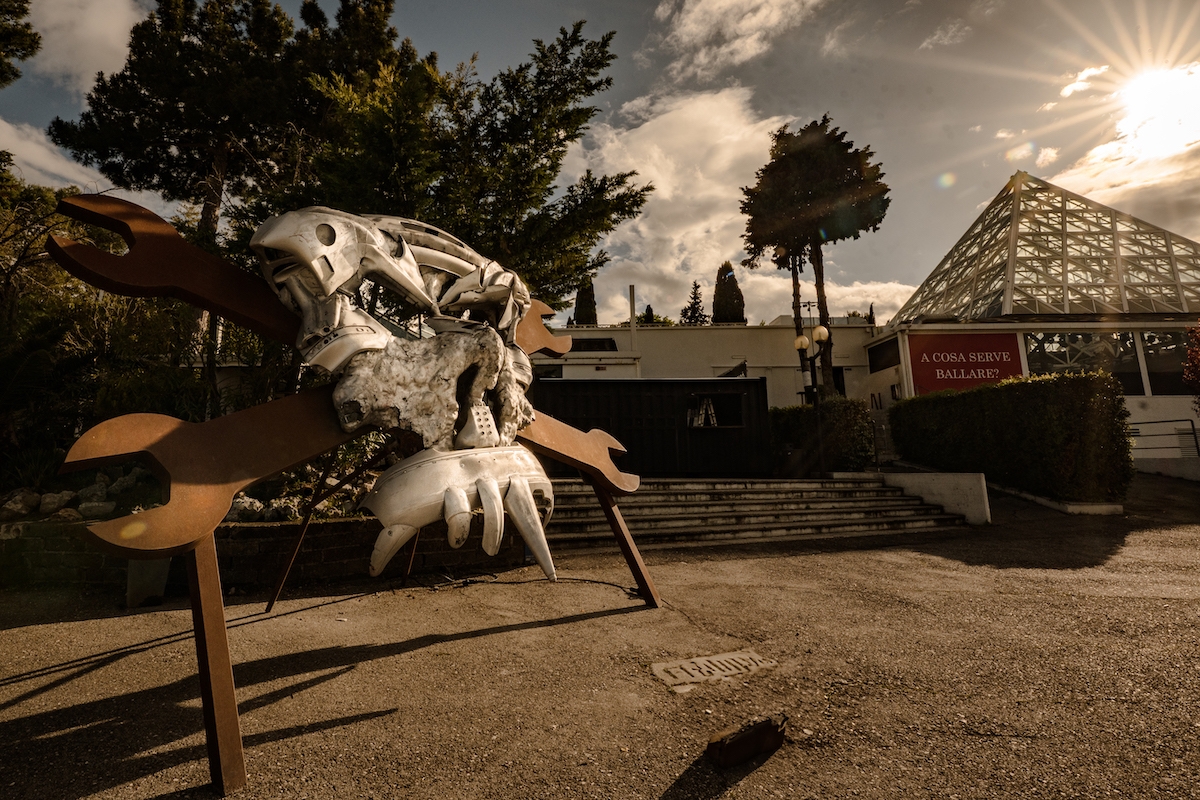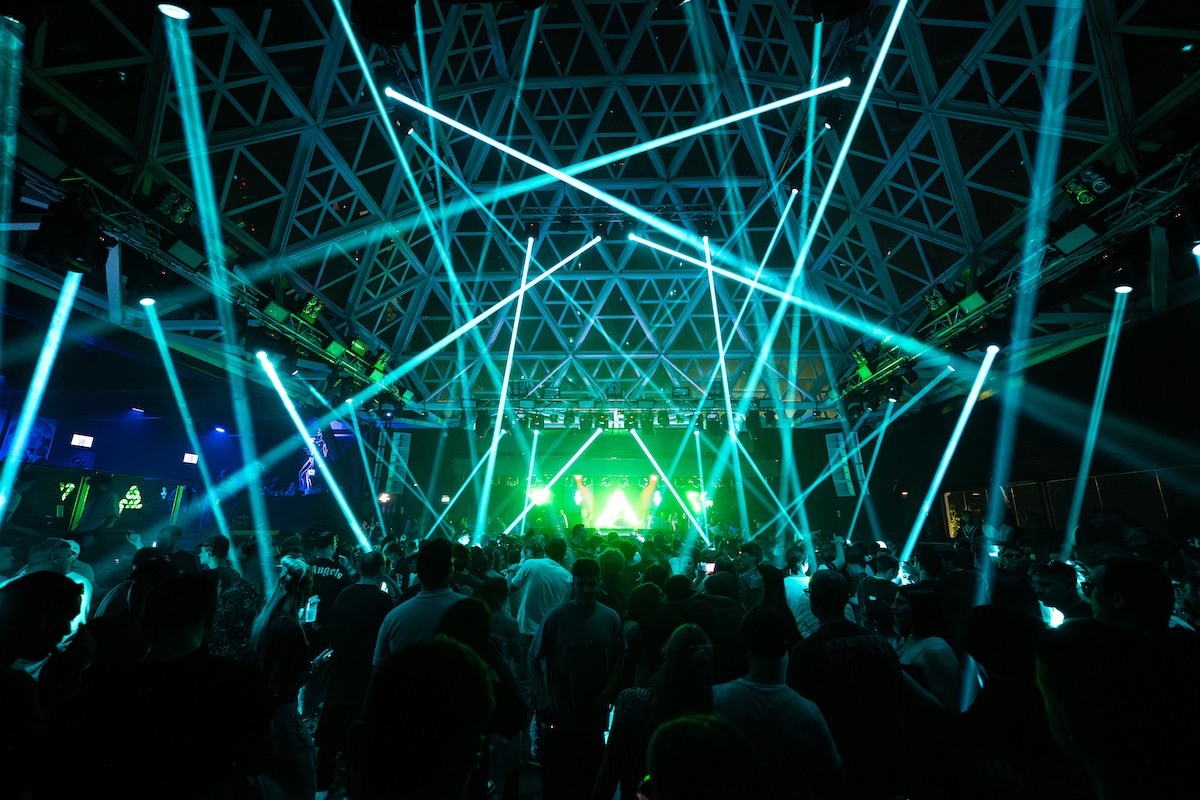Arrival under the bright pyramid of the cocoricò around one in the morning. There is a long row of machines that aims at the parking lot and kids who stealthily consume drinks just before the entrance. To enter we have to talk to the boy of the lists, then the girl of the lists, and finally the bouncer, to whom the lists does not matter anything, because his task is to check that objects are not introduced not allowed inside the room. I only have the cell phone and caps for my ears in my pocket. In northern Europe I would be normal, in Italy I seem only an elderly from evening with a tinnitus problem, being the only one to wear them on the track. The bouncer looks at me with disinterest. So much so.
Not having been coconut in 35 years of life and almost 20 from DJ (yes, I immediately come out so you can better understand the cut of this cultural exploration) was a scarlet letter that I wanted to take off to give me up to return to the conversations of the old clubers who remember with the chemical tear the golden years of the 90s of the historic disco of the Adriatic Riviera. It will be for the choice to build the main room under a glass pyramid to give an almost divinatory sense to this place, but having missed a pilgrimage to the Mecca of dance music seemed to me a bad faith behavior. And at least once in life you have to go to Mecca.
It is the Easter weekend – so to continue mixing religious symbols – which means in these parts Mutonia Easter Experiencethat is, the joint venture between coconut and the Mutoid Waste Company, the anarchist community of artists who arrived in Romagna in 1990 aboard extravagant trucks and means of transport, and from which Mutonia was born: an artistic village, a 35 -year -old taz, “a free place for free people”. A village, of course, but also a park open to all visitors – now at the center of the news due to a new eviction injunction – where the mutoids dedicate their life to the art of recovery, with a particular fetish for the scrap of vehicles. Their Mutonia is full of open-air works which, in the last three Easterities, have become the scenography of the Cocoricò, between metal monsters and retro-trafficking totems that we find inside and outside the restaurant. In cascade, the post-apocalyptic aesthetics also reached the staff, outfits and make-up, also prepared by these particular neighbors, halfway between Mad Max And a strange carnival. Being two realities other Compared to the normality of the coastal territory, seeing a support still symbiotic today (“When we went to the Cocoricò in the 90s we never paid to drink because we were so strange that they liked to have around us around”, recalls Debs Wrekon, a mutoid from zero day) is hearterating, especially at a time when the government has again traversed towards a community loved by the surrounding area (even from the mayors) The bank of a river instead of another (different) cultural pilgrimage.

Cocoricica with the works of the Mutoid Wasted Company. Photo: Press

Cocoricica with the works of the Mutoid Wasted Company. Photo: Press
Shortly after one the pyramid (here with a capital P) it is already quite full and, in the next two hours, it will almost double up to complete a sold out announced in the afternoon. Between the most canonical outfits (the monocolor shirt or the shirt) and others more explicit (in various gradations of nudism), there are those who in adoration dances to the DJs and those who are intrigued by the infinite possibilities that one night can give. Despite the size, and the quantity of youth testosterone, I know with pleasure that there is no disco climate – proper disco, and not clubs, a difference often complicated to be identified but that conceptually tells of two different environments: one more popular and commercial, the other more corporal and intellectual. So, while I peek into the various rooms-the pyramid, Titilla, the T -room and hello sex-I start asking me: but what is the nightclub Today?
Cocoricò is proud to define itself as a disco, and underlines it with the first museum of contemporary art within a club: the Mudi, the disco museum. On the walls, in the various spaces, we find objects, portraits, sculptures that want to celebrate and remember the long history of coconut, and beyond. And while Clubbing is entrenched the exclusive inclusiveness (the idea behind the ferocious selection of Berghain), the Cocoricò remains very open (within the limits of economic possibilities). There will not be the audience from the Clubbing Phd, but the human environment maintains its extravagances, as per the tradition of coconut. For the young audience, in fact, it is an opportunity to experiment, to go a little further in an environment Safedifferent from the usual provincial disco. It is an access, which can be more or less investigated later, time after time, in the night and electronics. It is like entering a castle: this will not make you a medievalist, but the story in which the place is immersed could take you some sparkles. Of course, here are not the swords, the helmets, the shields, but the costumes prepared by the mutoids still do a good job.
Not least the opportunity to dance/listen to international DJs such as Amelie Lens, Danny Tenaglia, Seth Troxler (to mention the names scheduled this season), or more lateral artists who, in the smallest rooms such as the T -room or Titilla, can tell stories different from the hard techno or from the music dedicated to the drop, is a good premise to get in contact with the world of electronics, the dance. In a historical period in which we talk about the death of Clubbing in the new generations, the Cocoricò seems to tell a different story. It will no longer be the avant -garde disco, but it remains an exceptional entrance portal in what in a certain past we magnificently called the world of the night. It will no longer be the right place for the rights, but also only rethink the history of coconut (perhaps recovering the documentary Cocoricò tapes) remains a possible stimulus in a historical moment suffocated by anti-rave laws and security decrees to the limit of madness.

The interior of the pyramid to the cocoricò. Photo: Press
While Ballowed Ball in Titilla, the most Groovy outdoor room, I think that even if the disco is never really an age, exceeded 30 it is normal and justified to feel old, in some moments out of place. There is always the fear that someone gives us of her, as happens now when we go down the stairs of our condominium, but here maybe to ask us for a lighter or the MD: “Lord, by chance you have the MD to sell?”. A fear that can come true, will be the charm of dark circles. Despite this, the coconut, even as a renewed, makes me feel its charm. I perceived him at the entrance when, in the chaotic shamare outside the revenue, seeing the illuminated pyramid at the rhythm of Beat excited me. Do you know that mixed emotion between excitement and fear of when you went to dance for the first times the night as a teenager? Here, the same. And in a moment the age had purely returned a number (but alas the hair had not returned, I checked). That a place, you want for the artistic choice or for its historicity, still succeeds in the company to excite the entry threshold is something not to be underestimated, something that within us cancels the difference between young and old, between the right music and the wrong music, between disco and clubing.
Knowing that there is a place in Italy that even for its presence tells a story of counterculture, just as it happens not far away, in Mutonia (also here far from the initial splendors of the 90s), is something that we should give more importance, attention, and above all respect. Long Live The Cocco.

